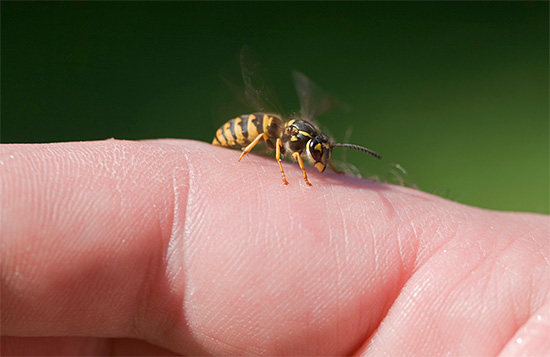
The poison of the wasp is quite close in composition to the poison of the bee. In addition, many of the bitten ones cannot even unequivocally tell whether the wasp stung them, or the bee — the effects of the poison on the affected tissues are so similar.
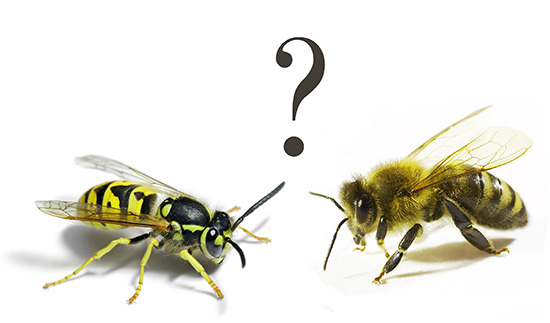
Today, scientists have had enough time to study well the composition of bee and wasp poisons. An important distinctive feature was established: Wasp venom is somewhat more allergenic and often leads to complications in the form of various manifestations of dangerous allergic reactions (for example, angioedema, anaphylactic shock). However, one should not think that, from this point of view, bee venom is harmless - it is also a lot of it, just with a slightly lower probability.
Partly for this reason, “ossification” is generally not known as a method of traditional medicine. Given that beekeeping is a fairly common and widely known procedure.

On a note
Among experts there is a perception that the notorious apitherapy and the benefits of bee venom are nothing more than a marketing ploy of beekeepers who need to sell an excess of their products. No serious research has confirmed, for example, the benefits of bee sting, as the therapeutic properties of other methods of apitherapy have not been proven.
With high probability of the use of propolis, wax moth, royal jelly and bee venom are no more than a placebo effect, and these bee products have received widespread distribution precisely because of their availability: in apiaries, you can get them in virtually any quantity.
But the poison of wasps is extremely difficult to obtain, because no one breeds them specifically, and after the preparation one has to climb into the nest of wild wasps. And this is another explanation why, despite the similarity of the compositions, the poisons of these closely related insects differ so much in popularity in traditional medicine.
As a result, even physicians and toxicologist physicians are not always able to unequivocally say whether a wasp's poison is useful for humans. Its composition really contains stimulating and tonic components, substances that stimulate metabolism,but it is not rational to isolate them from poison - there are many more safe analogues of both natural and synthetic origin on the market today.
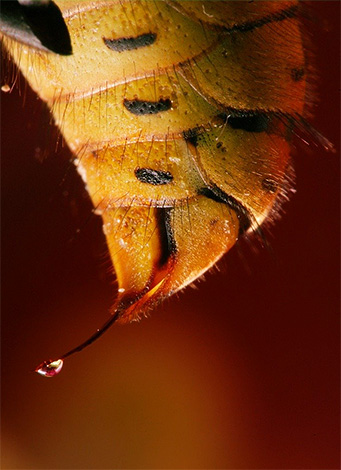
But because of the large number of harmful and allergenic components, it can be very dangerous to use unprepared wasp venom for treatment.
The composition of the wasp venom and the effect of its components on the human body
In the overwhelming majority of cases, wasps use their sting primarily for the purpose of self-defense, and only in rare cases - to kill larger and too aggressive prey. Therefore, as a rule, the main goal wasp sting - cause severe pain in the victim and scare her away.
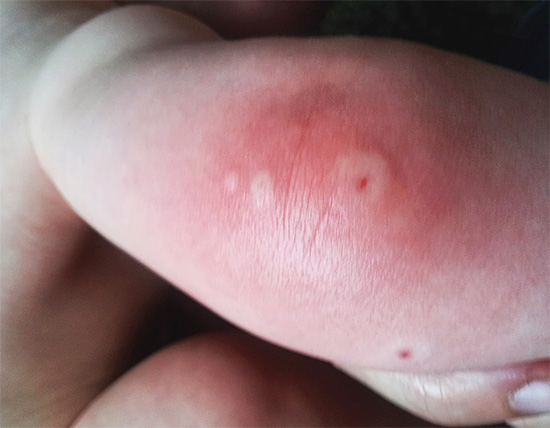
The composition of wasp venom includes a set of substances that strongly affect the nerve endings and cause a rapid immune response of the body. Among the main components are the following components:
- Acetylcholine is a neurotransmitter involved in the conduction of nerve impulses. At high concentrations, it disrupts the work of the nervous tissue, blocking the transmission of excitation along the nerve fibers.
- Histamine is the main activator of inflammation and allergic reaction.Its action can lead to a variety of manifestations: itching and swelling occur at the site of the bite, and especially sensitive people develop urticaria, fever, in rare cases - anaphylactic shock, angioedema.
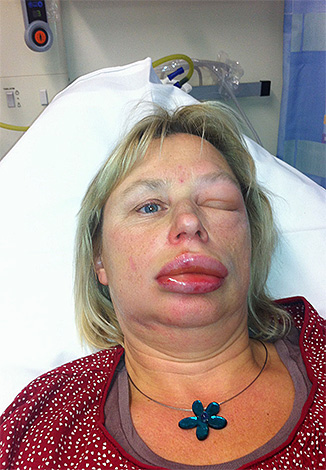
- Phospholipases are special enzymes whose task is to destroy the cell walls, which leads to the release of the contents from the cells into the surrounding tissues and provokes the inflammatory process. For the victim, this means pain at the site of the bite, which he will feel while the inflammation lasts. In addition, phospholipases contribute to the destruction of the walls of mast cells, because of which additional amounts of histamine are released into the blood and an allergic reaction is enhanced.
- Hyaluronidase is a toxin, the action of which is similar to the effect of phospholipases.
- Hyperglycemic factor contributing to an increase in blood sugar levels.
In the case of hornets, the specific toxins of the mastoparan are also part of the poison, which have a powerful destructive effect on the cells.
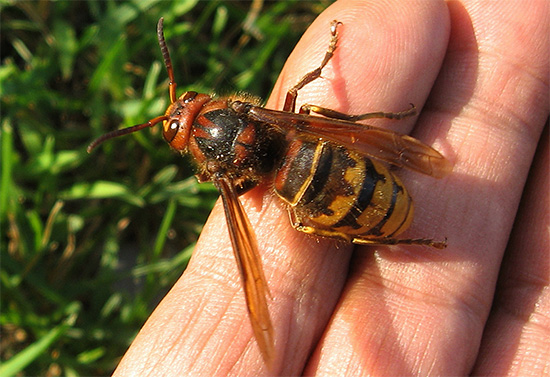
Feedback
“I had once that stung the hornet. I got used to bee stings in the apiary, they don’t bother me at all, I boldly catch the philants and crush them. But the hornet vsandalil so that already in the eyes darkened.Well, all my evidence was closed. I just got to the van, lay down to lie down. The pain was hellish, he grabbed the heart, and only thought that he could put a cold hand on it. It smashed her great, to the very shoulder, itchy. A neighbor in the apiary offered to take me to the hospital, but everything worked out. The next day, only the itch remained, and then gradually the swelling began to subside. ”
Mikhail, Semipalatinsk
Consequences of the effect of the poison of wasps on the human
Now let's see how the wasp venom acts, so to speak, at the macro level, that is, what symptoms arise.
At the time of stinging, the impact of the poison injected under the skin causes a sharp pain, and almost immediately leads to a slight pale edema at the site of the bite. After a few minutes, the bite swells up more, it may turn red, it becomes hard, and a strong itchiness appears on the skin in his area. At this time, the first symptoms of allergy may appear - urticaria, fever, shortness of breath, headache, confusion.


The most serious consequence of a wasp sting is anaphylactic shock - an extreme degree of an allergic reaction. It occurs rarely and only in peoplehave increased sensitivity to the venom of hymenoptera insects. But precisely because of the anaphylactic shock, the number of deaths from bites of wasps and hornets is so great. Such a reaction develops very quickly, literally within a few minutes after the bite, and sometimes the victim does not even have time to get to the hospital.

By and large, the benefit of the poison of the wasp, even if it is, completely overlaps the risk of a dangerous allergic reaction (especially when you consider that with each next bite, the body's sensitivity to the poison may increase).
Feedback
“People who are attacked by huge hornets are regularly brought to our hospital. There are many beekeeping farms in the area, and hornets actively populate all the surrounding forests, as they constantly fight with bees. Usually, after a patient’s bite, a severe allergy develops, limited to edemas and skin rashes, the temperature may rise and pain in the head may appear. But sometimes there are severe cases with hemorrhages, laryngeal edema and anaphylaxis. Last year, for example, there were two deaths, and a girl died 12 years old in one. ”
Naomi Kurosaki, Saito

But after a special treatment in the laboratory, the wasp venom can become much safer and more useful.
The use of wasp venom in medicine
For allergy sufferers, in which bites of wasps lead to serious consequences, special vaccines are prepared on the basis of wasp venom. They decrease the titer of histamine and some toxins, but the initial number of specific components is preserved by which the human immune system can identify the poison.

Before the warm season of the year, when it is likely to be stung, the patient is vaccinated to develop a normal immune response to the bite. In the end, after a chance encounter with a wasp, the reaction to a person’s sting will be much less pronounced and less dangerous for life.
Aspen poison can be useful due to the actual toxins that make up it. For example, in Barcelona, the development of a method for combating cancer tumors, based on the defeat of cancer cells, namely the biological components of wasp venom, was started a long time ago.
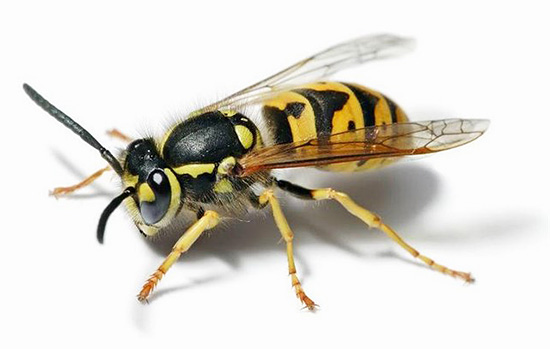
Scientists are trying to connect the toxin molecules with molecules of transport proteins that carry the poison directly to cancer cells without affecting healthy ones.In mice, such a drug has already proven its effectiveness, and currently work is under way to study its effects on human tissue.
The most poisonous wasps in the world
Although all wasps are poisonous, the strength of the poison and the effects of bites vary from one type of wasp to another. For different representatives of the suborder, the ratio of the components of the poison can vary greatly, and many of them have unique components in the poison that have a specific effect on the victim.
For example, the bite of the road wasps of the genus Pepsis is the most painful. Most of the representatives of this genus specialize in the extraction of tarantulas for their larvae. Their bite is considered to be one of the most painful insects in the world, and in its strength it is second only to the bite of the South American ant Paraponera clavata.

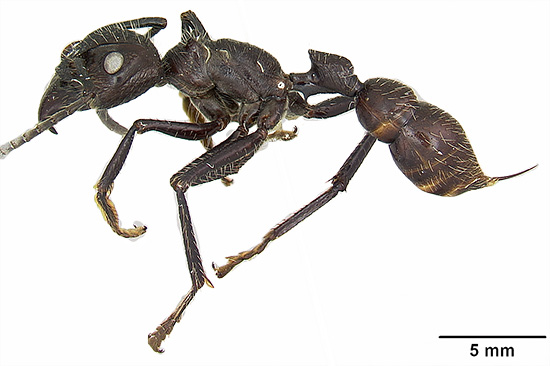
Huge bite hornet (vespa mandarinia), living in Southeast Asia and Japan, according to statistics, is the most dangerous among the representatives of the wasps. Every year, about 40 people die from the attacks of these insects only in Japan, and the number of victims in the whole habitat of these hornets exceeds a hundred.
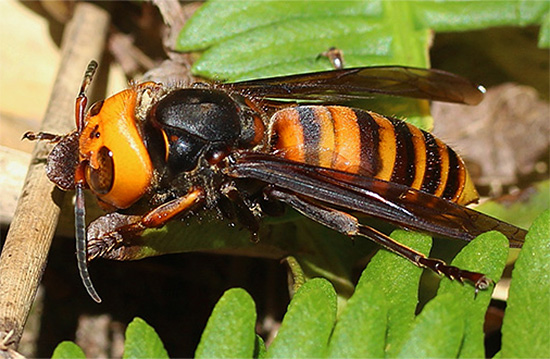
The composition of the poison of a huge hornet differs little from the composition of the poison of a European hornet, but in one bite the insect injects a significantly higher dose of toxins into the human body.In addition, when attacking, the hornet can make several stings at once with a small interval, which often leads to further hemorrhages and extensive edema. It can be said that the huge hornet is the most venomous wasp in the world.
But the Scoli wasps, despite their truly gigantic dimensions, sting rather weakly. Their poison is designed to paralyze the prey, and not to scare off the enemy, and therefore entomologists boldly catch these large black wasps with their bare hands.
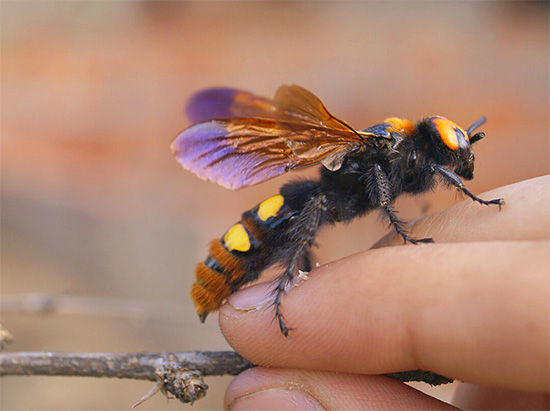
It is very painful to sting shiny wasps and German wasps. The females of the latter are easily confused with ants due to the fact that they lack wings. These insects are parasites in the nests of other wasps, and it is thanks to a strong poison that they can defend themselves even from hornets, penetrating into their nest.
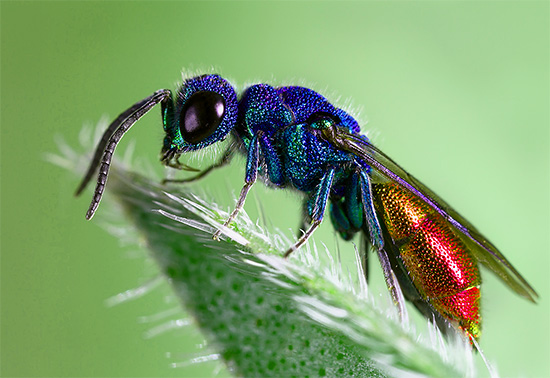
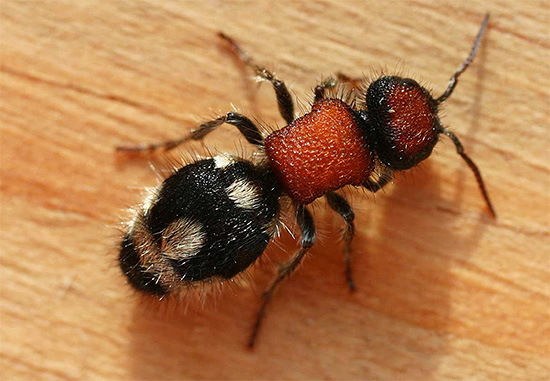
And in conclusion, we note once again: it is not worth expecting that the wasp venom will be useful for the organism. In case of accidental sting, this, of course, could be a small consolation, but you shouldn’t specifically catch wasps and apply to the body, because even the possible positive effects of the bite will be blocked by severe pain, unpleasant swelling and the risk of a dangerous allergic reaction.
Useful video: what to do when a dangerous allergic reaction to wasp and bee stings develops
Methods of protection for people prone to severe allergies to insect bites

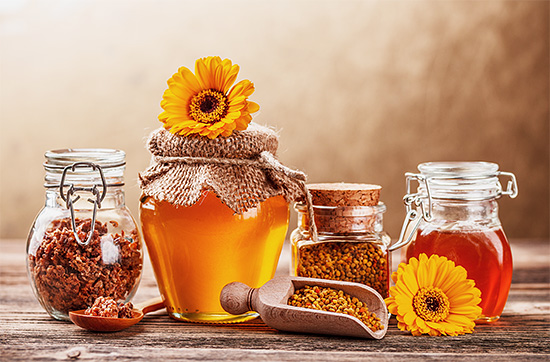
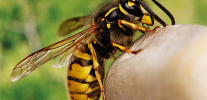
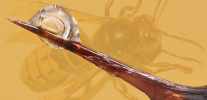

When a wasp or bee is bitten, honey is an effective remedy. It is necessary to smear the bite and take it inside. One tablespoon is enough.Removes all symptoms, also has a very positive effect on allergy sufferers (plaited and wasps on poison). If you are allergic to honey itself, it is enough to smear the bite site.
The article says that the benefits of stinging a bee by science have not been proven, and this is a marketing move for beekeepers to better sell their products. Well, then let the author explain why professional beekeepers live up to 90 years and more, and what this is connected with. Could it be that the bees constantly sting them, and then they get used to it and don’t even pay attention to it.
This is from honey, not from poison.
Every year in the fall I expose a bait, I catch wasps and I attach to joints.
What kind of nonsense you wrote, apparently stupid.
Tell your story. I am now 53 years old, for all my life I couldn’t eat any fish, even when I was cooking fish at home or, God forbid, I grabbed poorly washed dishes somewhere after the fish, then things could have gone to death. 2 times I tried in life to try a fish in a scanty piece - it came to the ambulance pumping me out. Doctors strictly forbade even to approach the fish.
And 1 year ago I went to the forest for mushrooms on the Karelian Isthmus, and it so happened that when I crossed a forest river along a fallen tree, I disturbed forest wasps. It was hell! A cloud appeared in front of me, as if night had fallen, and then it began. I do not know how to “fly” on this log, threw the basket. Result: the hands were like a drug addict, the neck became a stake. I was saved by the fact that I take 1 tablet of Dexamethasone per day for kidney disease.
So, it took about a month and I noticed that I was not reacting when the fish was prepared. And then he decided to try a small piece of fish. So what? Now I eat like a normal person! I think thanks osam - yes, it was hell, but it was worth it. The medicine was powerless, and the wasps cured!
The article is biased, many weak points. But for the average man go.